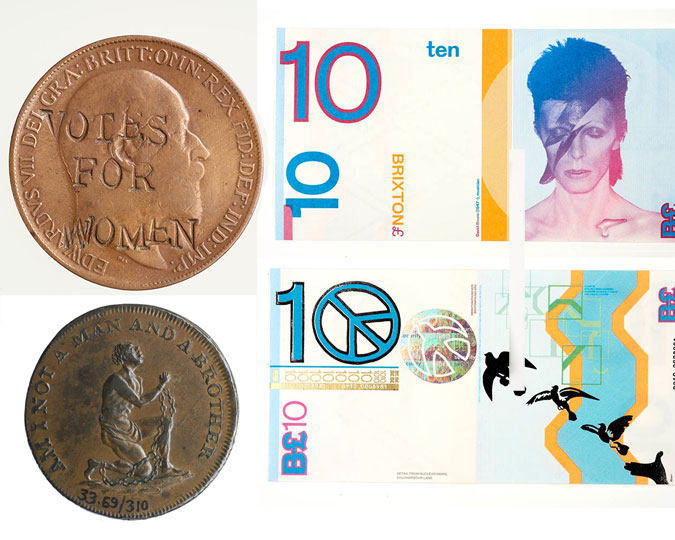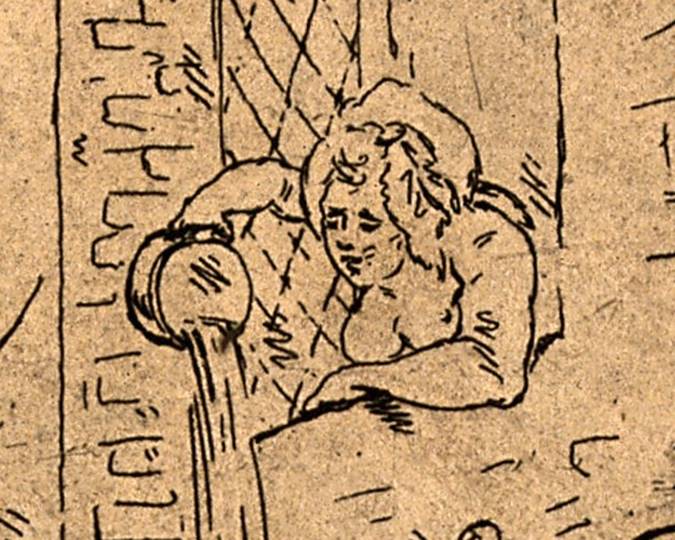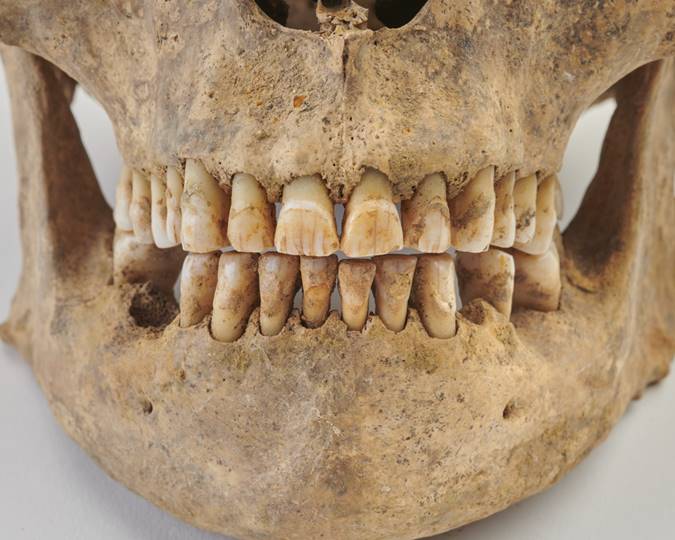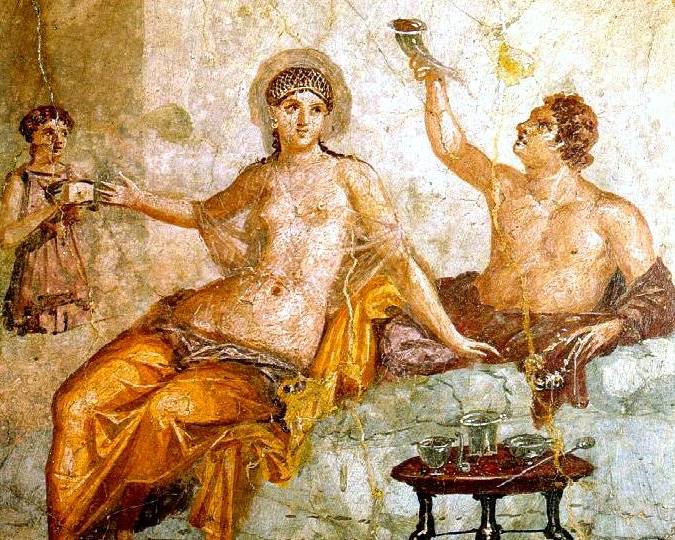Many of us collect interesting-looking coins — often called commemorative coins. But did you know that the unusual designs have a fascinating history that goes back at least 2,000 years? Read on to find out more!
Ever found a coin with an interesting design, and decided to keep it as a souvenir? Well, you’re in the august company of Roman Emperor Augustus, France’s Louis XIV and, well, my colleague’s niece, Koel! Such coins — called commemorative coins — are designed and issued to mark special occasions. For example, the 50p or £5 coins celebrating the Queen’s Platinum Jubilee in 2022, the £2 coins with Charles Dickens on (both the correct and misprinted ones!), or ones that celebrated the 2012 Olympic Games.
In Britain, the Royal Mint’s history goes back to the 9th century (more about that later), but a look into the Museum of London’s vaults unearths commemorative coins dating way back to the Roman era — from nearly 2000 years ago! Interestingly, there are many similarities to the kind of events Roman and Early Medieval coins commemorated and what we see today — some that are released for circulation others that are only for collecting as souvenirs. (Of course, if you fancy a different kind of souvenir, we have a set of sick bags from the 2012 London Olympics in our collection too!)
What were the Romans doing?
Our collection shows that Roman emperors often issued special coins to celebrate a victory or a significant event. In AD 248, Rome celebrated the 1000th anniversary of the foundation of the city, based on the belief that Romulus had founded the city in 753 BC. Several such commemorative coins are in the museum’s collection, including a copper alloy coin called a sestertius. A sestertius was a denomination of currency worth about 1/100th of the value of a solid gold aureus, and around 1/4th of a silver denarius. Each coin has images and text that offer us an insight into the past.
Although the imagery of an antelope, stag or lion may not immediately appear to commemorate an anniversary for Rome, combined with text, it helps archaeologists interpret the coin’s design. On one side is the emperor’s profile. His facial features and the lettering “IMP M IVL PHILIPPVS AVG” help us identify the emperor as Philip I, or to give him his full title: IMPerator Marcus JULius PHILLIPUS AUGustus. He ruled over the Roman Empire in AD 244–249.
On the back of the coin, there’s the image of an antelope with the letters “SAECVLARES AVGG, SC”. SC stands for “Senatus Consulto” to indicate that it was an official coin, controlled and permitted by the Roman Senate. AVGG is an abbreviation of the title “Augustus”, which was used for emperors. The additional G in this legend refers to Philip I making his son Philip II co-emperor, or co-Augustus, in AD 248 — at the same time as the anniversary celebrations! “SAECVLARES” relates to the Ludi Saeculares, or the Secular Games. These games were held to celebrate the 1000th anniversary of Rome and included a variety of spectacles, including gladiatorial fights, wild animals and theatrical events. Together, all these clues indicate that the wild animals were used represent the Games and the 1000th anniversary — all in a single image!
You can use a similar approach to decipher the letters on modern coinage. The abbreviated text is used to identify the monarch and reference some of their honours and titles. For instance, on the new set of coins commemorating the coronation of King Charles III, see if you can spot the text “CHARLES III.D.G.REX.F.D”. While D.G.REX (Dei Gratia Rex; by the Grace of God, King) states his position as monarch, F.D. (Fidei Defensor; Defender of the Faith) shows that the King is the head of the Church of England. The inscriptions on Queen Elizabeth II’s coinage were very similar, with ‘REG’ used instead of ‘REX’ to indicate a queen rather than a king. In comparison, “Imperator” and “Augustus” were used on Philip I’s coins to indicate that he was emperor.
Circulation vs collection
A copper alloy semis — a low-value coin, worth around 1/8th of a sestertius — found during the 1975 excavations of the site of the former General Post Office (GPO) in the City of London, also commemorated a series of games: the Quinquennial Games hosted by Emperor Nero in AD 60. Held in Rome, the event prompted mints across the Roman Empire to produce coins commemorating the games. The coin found during the GPO excavations was minted in the Roman town of Lugdunum, modern-day Lyon in France and eventually made its way to London. Like the coins produced under Philip I, this semis depicts Nero with his titles on the front of the coin, while the image on the back — of a table or altar with a vase and wreath — refers to the Games.
Commemorative coins like these could still be used as money alongside ordinary coinage, and a ‘commemorative sestertius or semis’ would hold the same monetary value as a regular sestertius or semis. Non-commemorative Roman coinage from Nero’s reign found during the GPO excavation include those depicting Victoria, the personification of Victory, and Salus, the personification/deity of health, on the back of the coin rather than images relating to a specific ‘real’ event.
The everyday function of coins, particularly low-value coins — as tangible and well-travelled objects handled by individuals, soldiers and merchants — allowed the spread and distribution of a statement about monumental imperial events throughout the Roman Empire. Perhaps, this was intended to evoke a sense of shared culture and history, or share information. Or even an imperial message about the divinity of the Emperor, battles won and new territories!
At present, 50p and £2 coins are the most common coins for commemorative designs, so keep a look out for any unusual images on these! The 2022 £5 coin Platinum Jubilee coin, though, is mainly a collector’s item.
LVNDONIA!
Moving into the 9th century and the reign of Alfred I, images in the museum’s commemorative coin collection become more London-related. Coins of the “London Monogram type”, which include several silver halfpennies are currently on display in the Medieval London Galleries. They were produced in London, to be used by Londoners, and commemorate a London event.
These coins (AD 880–886) also mark a departure from the design of other Roman coinage through a stylised monogram of “LVNDONIA”. Look closely and you can make out how the central N is used to form the L and A on the left side, V in the middle, and D on the right side. The O and I are neatly fitted into other available spaces. The other side shows Alfred I’s profile in a style comparable to the preceding Roman coinage.
The design is commonly thought to relate to Alfred reclaiming control over London in 886 after removing Vikings from the city. Some historians and numismatists such as Mark Blackburn in Kings, Currency and Alliances (1998) have suggested that it actually was minted in 880 and refers to Alfred gaining more exclusive control over London following the death of another king, Ceolwulf II. This coin is also considered by the Royal Mint to be one of the first coins ever minted by the organisation.
Although the specific event being commemorated may have been clearer to contemporary audiences, over 1,000 years later, these coins still offer a tantalising insight into Early Medieval London (410–1066). While designs might have changed and become more sophisticated over time and with improvement in technology, it’s interesting to see how the similar themes run through the centuries, to even now!
What might future archaeologists and historians interpret from our modern commemorative coinage? Would they be able to interpret their designs and understand what people and events we value?








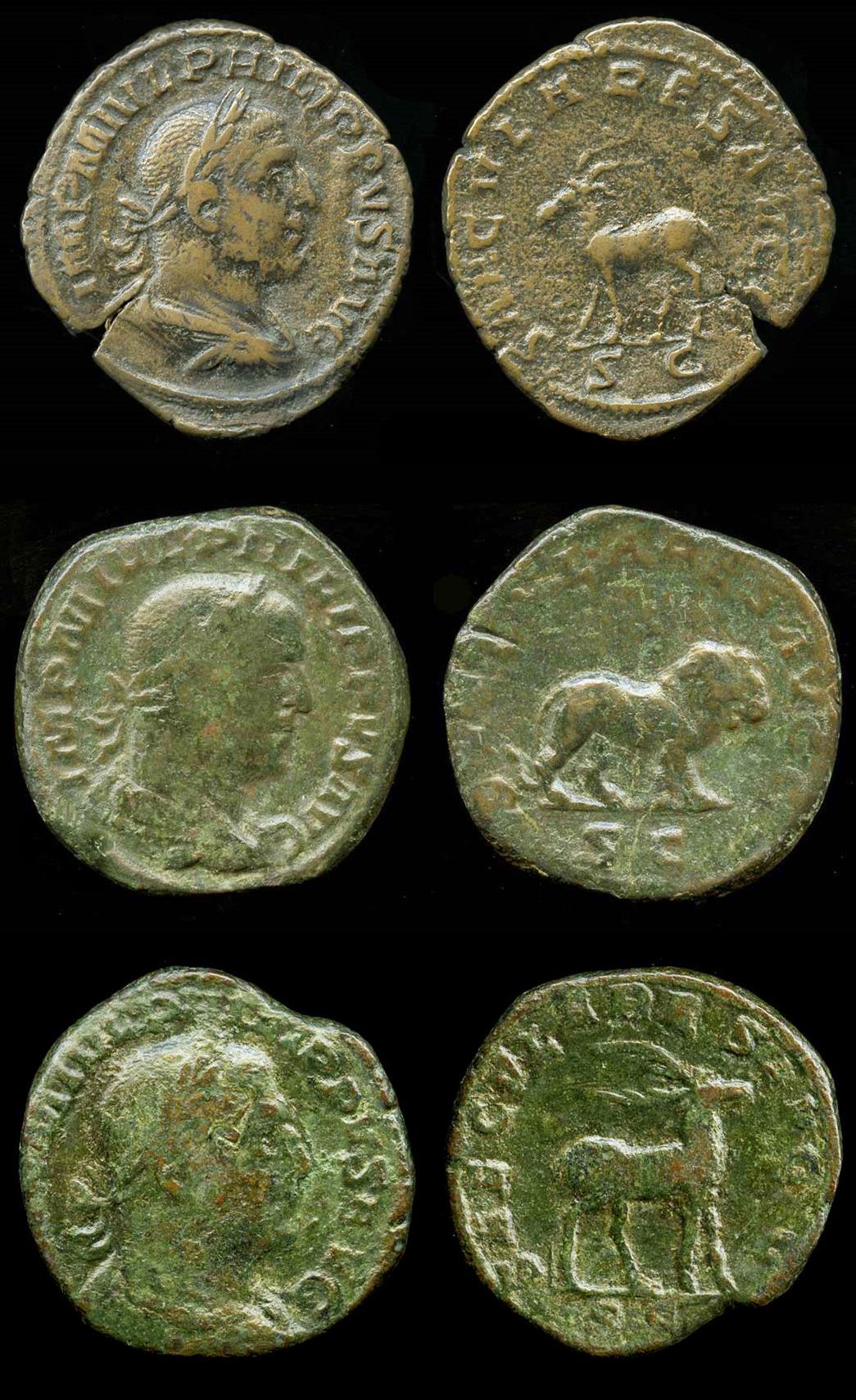
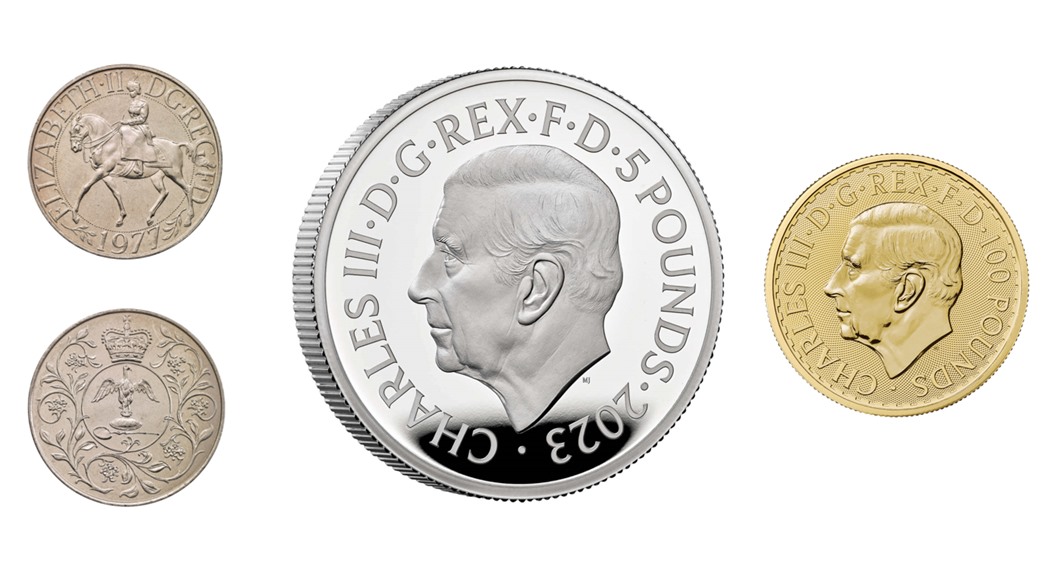
![Semis, c. AD 60–65, commemorating the Quinquennial Games. (ID no.: GPO75[775]<352>)](/application/files/9016/5546/7992/03_Commemorative_coins_1045_Semis_Quinquennial_Games_AD_60-65_MoL.jpg)
![‘London Monogram type’ silver halfpenny, c.880–886. Can you spot the A and V in the coin on the left as well? (ID no.: BUF90[3234]<1435>)](/application/files/9616/5546/8362/04_Commemorative_coins_1045_LVNDONIA_early_medieval_coin_MoL.jpg)
